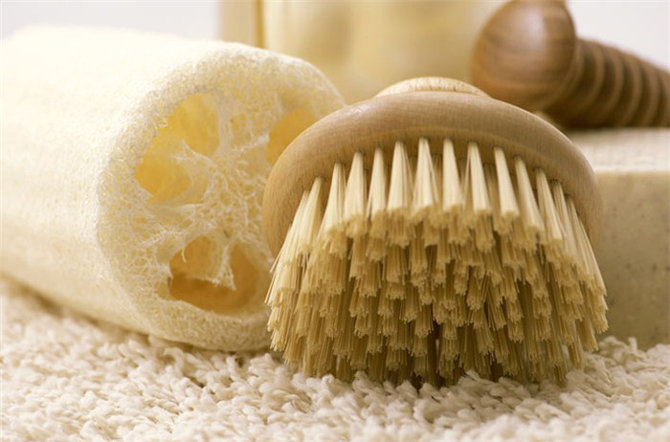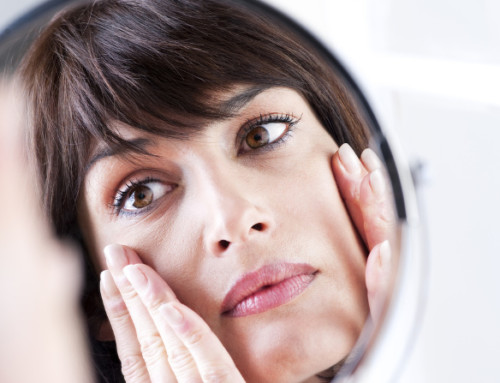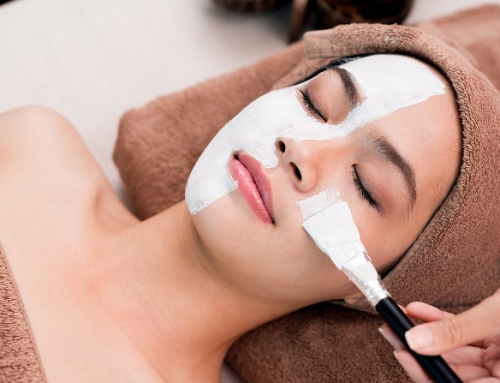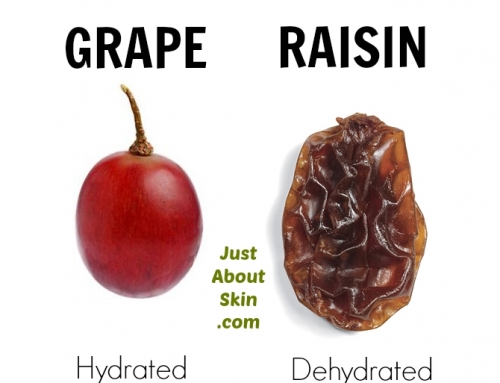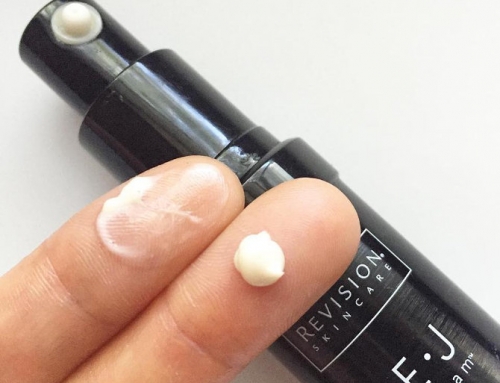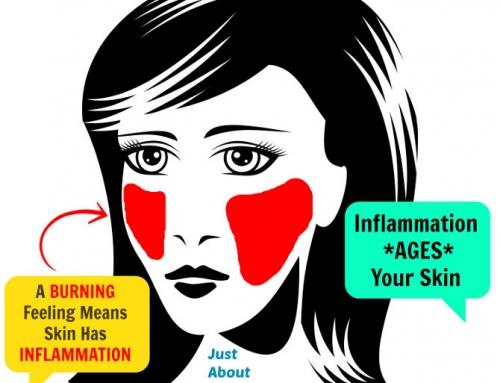Exfoliation is an essential part of a skin care routine. It also happens to be one of the best ways to get instant gratification in skin care 🙂
Exfoliating means removing dead or living skin cells from the layers of skin.
It produces a noticeable and immediate improvement in the appearance of skin. This week, I’ll be discussing everything you need to know about it.
Why You Need to Exfoliate
Skin is in a constant state of renewal. What does this mean exactly? Skin cells are created, they move through the layers of skin, and are eventually shed.
We can’t see this shedding (fortunately!) but it is happening all the time. We shed about 30,000-40,000 dead skin cells every minute. Or about 40 pounds of skin in a lifetime! (Eww…)
But shedding is a good thing. New skin cells are better than old skin cells, right?
However, with age the rate of new skin cell production and shedding slows down. (Like everything else in our body.) This shedding rate is called Cell Turnover.
It is the number of days it takes for a cell to shed from the time it is born (the time it takes to travel from the basal layer to the stratum corneum in the epidermis). The average is 28 days for a young adult.
Look at these numbers to see how Cell Turnover drops with age. It is significant. Shedding takes twice as long for a 50 year old compared to a teenager.
Cell Turnover Rates
- 21-28 days for teenagers
- 28-42 days for adults under 50
- 42-84 days for adults over 50
With slower shedding, those dead skin cells end up piling up on top of skin, which produces a dull and lackluster look. That buildup needs help being removed. That’s where exfoliation comes in.
Benefits of Exfoliation
Exfoliation makes skin brighter, smoother, softer, and more radiant. It also improves wrinkling and other signs of aging by stimulating the thickening of the epidermis and dermis.
It is also extremely helpful for keeping pores clear. If you experience breakouts, blackheads, whiteheads, or milia, exfoliation reduces the buildup that could plug up a pore.
Sun-damaged skin that is thick and rough also benefits from exfoliation, as it smooths out some of the roughness.
If you have hyperpigmentation (an excess of melanin), exfoliation removes the outer layers of melanin, which can lighten spots or areas of discoloration.
Exfoliated skin also increases product penetration. So more ingredients get delivered into skin.
Different Ways to Exfoliate
There are three approaches to exfoliation:
1. Chemical Exfoliation – chemical agents dissolve the ‘glue’ holding dead skin cells together. These agents can appear in a peel, toner, serum/essence, cleanser, or moisturizer.
Examples: AHA’s, BHA’s, fruit acids, enzymes
2. Mechanical Exfoliation – a scrub or tool removes dead skin by friction (physical movements). This method primarily polishes the outer surface of skin; it does not unclog pores like chemical exfoliants can.
a). Manual – a scrub is a ‘paste’ containing gentle abrasive particles. It is manually scrubbed onto skin with hands for a few minutes, then rinsed off.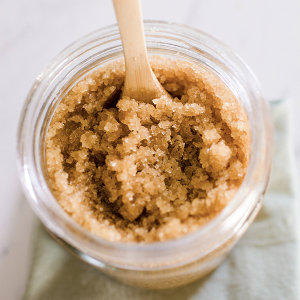
Examples: Particles like micro beads, aluminum oxide, ground fruit pits or nuts, almond meal, rice bran, and other abrasive particles.
Manual also includes tools such as a hand brush, loofah, or pumice stone.
b). Electrical – an electrical device that makes repetitive physical motions, shears, debrides, sloughs off, or vaporizes dead skin.
Examples: oscillating brush (e.g. Clarisonic), ultrasonic device, microdermabrasion, dermabrasion, dermaplaning, ablative lasers
Chemical exfoliation is more effective than Manual (physical) exfoliation because a chemical exfoliant can penetrate deeper into skin (below the Stratum Corneum), and therefore remove more dead skin.
Manual exfoliation and electrical brushes only affect the outermost layer of skin (the Stratum Corneum layer).
In contrast, electrical exfoliation by dermabrasion or lasers is the most aggressive to skin (can penetrate to the Dermis layer). These procedures require a visit to a dermatologist.
Next: Exfoliation Part 2 – A Close Look At Chemical Exfoliation


